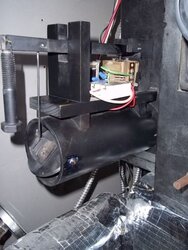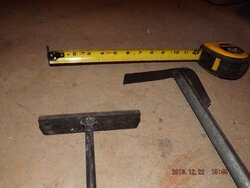- Nov 3, 2012
- 66
I have an Attack DP35 on which I'm trying to better tuner the quality of the fire, but have no idea how much to adjust the primary and secondary air, or how to tell if I'm doing the right thing. ANy guidance here would be helpful. It doesn't seem there is much difference in the secondary setting with it fully closed or fully open, so if anyone else has an Attack boiler, maybe you can tell me if mine seems right. The total range from fully closed to fully open is only about 5mm.



